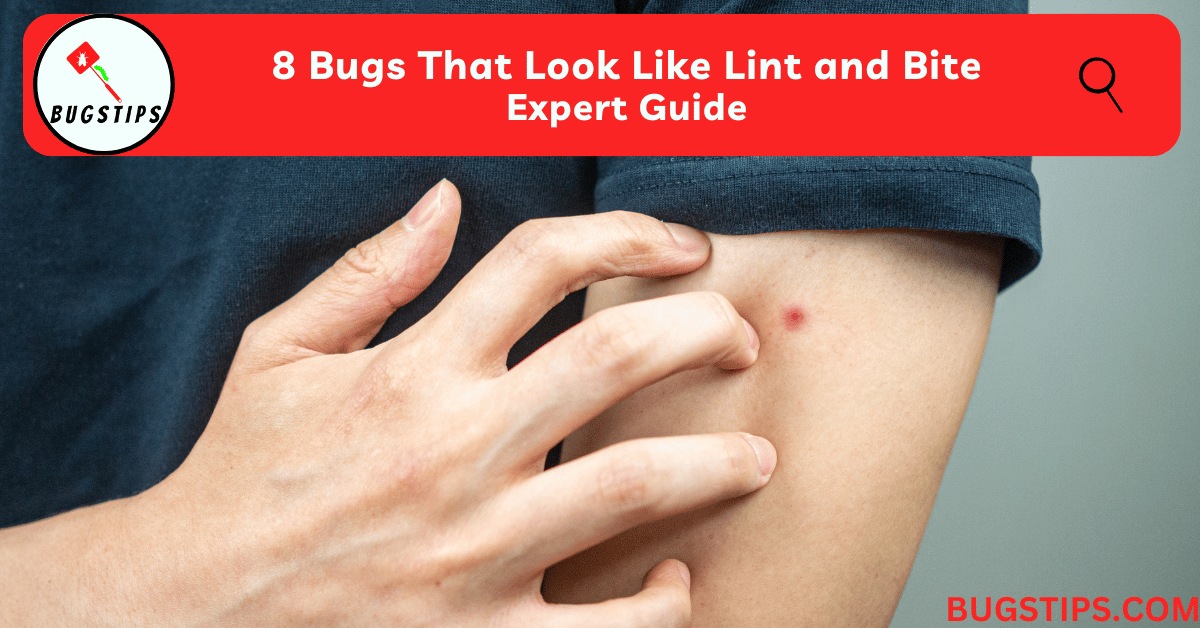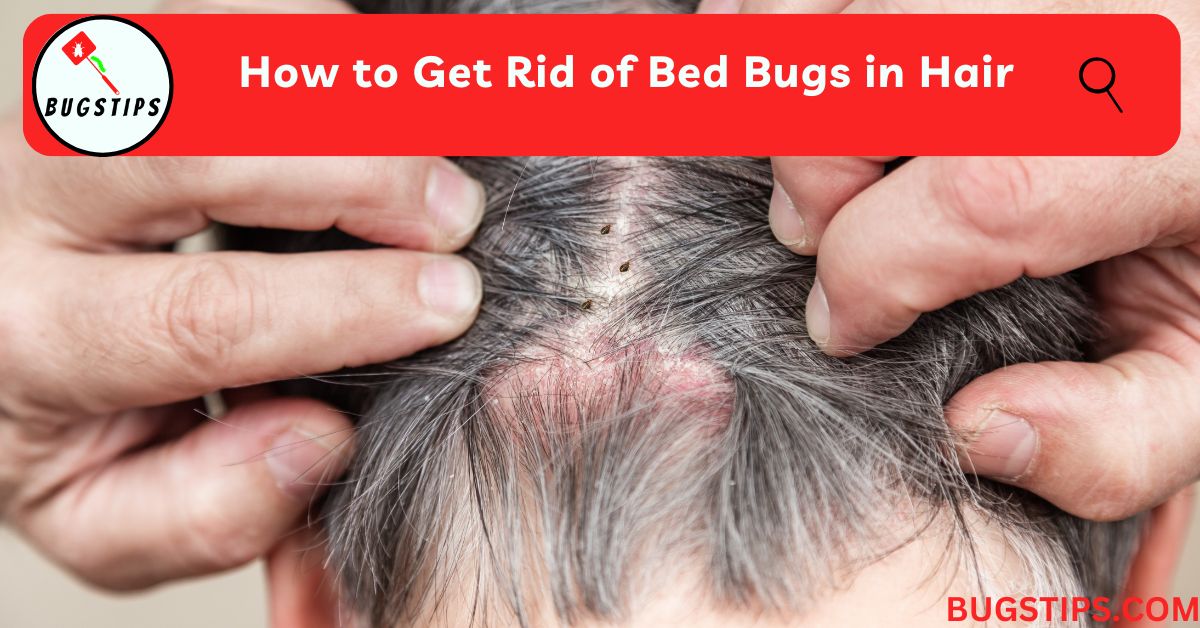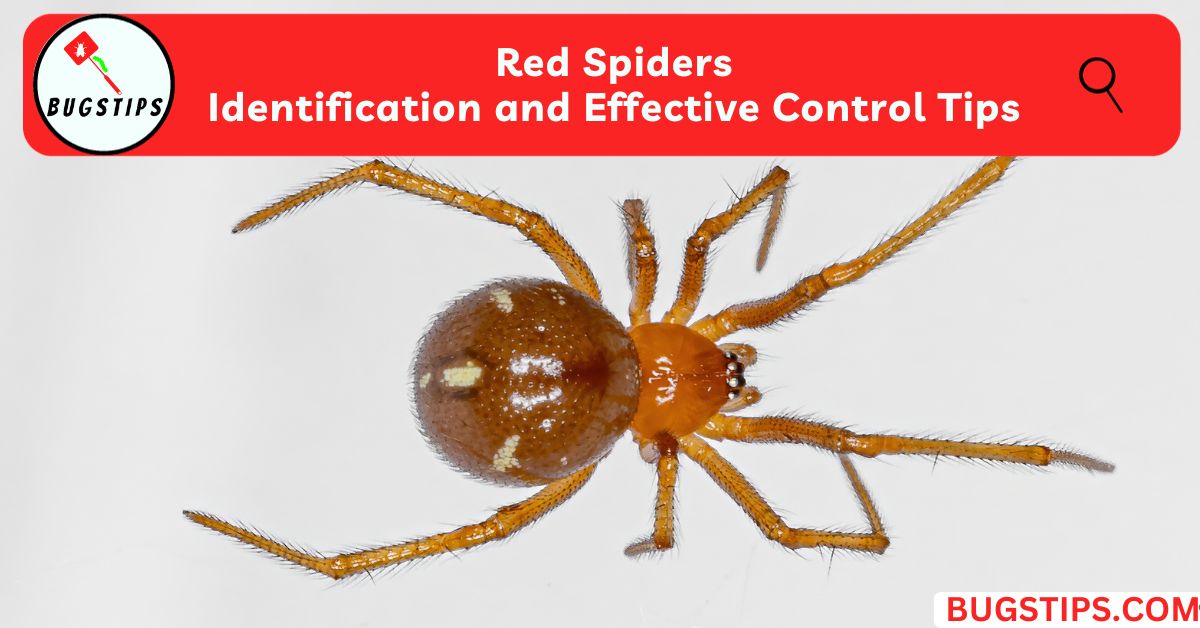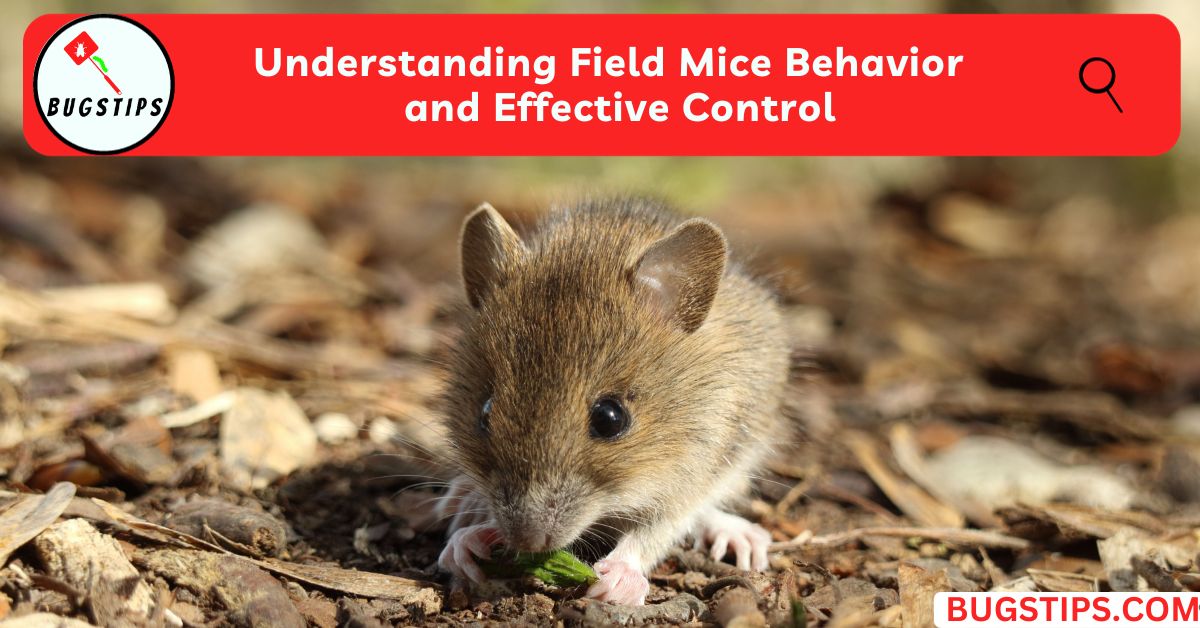This post may contain affiliate links which means as an Amazon Associate, this site may earn a small commission on qualified purchases made through links at no extra cost to you. Learn more on Affiliate Disclosure
We’ve all seen lint and dust bunnies around our homes, but what if those tiny white particles are actually bugs?
It’s not uncommon to mistake these pests for harmless fuzz, but they can actually cause discomfort and irritation by biting you. In fact, there are several species of bugs that look like lint and can bite, and they can be found indoors and outdoors.
In this article, we’ll explore these common bugs in detail and discuss how to identify them. We’ll also provide effective methods for getting rid of these pesky bugs, as well as natural remedies and prevention tips to keep your home bug-free.
So, if you’re dealing with bugs that look like lint and bite, read on to learn everything you need to know to get rid of them for good.
Related Article – 12 Tiny Black Bugs on Window Sill | Quick Fixes
What Are the Bugs That Look Like Lint and Bite?
Insects can be found in many different shapes and sizes, and some of them can easily be mistaken for lint or dirt.
However, not all of these tiny bugs are harmless. Some of them can bite humans, causing skin irritation, itching, and other unpleasant symptoms.
Here are some of the bugs that look like lint and can bite.
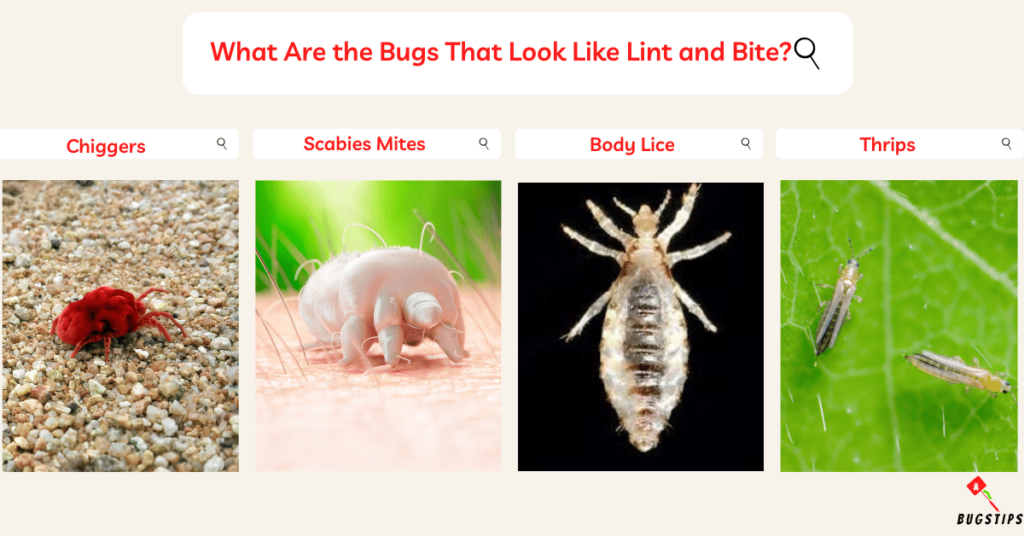
Chiggers
- Chiggers are tiny mites that dwell in outdoor environments, particularly grassy or wooded areas near water.
- They are also known as harvest mites, harvest bugs, or red bugs.
- These minuscule creatures, averaging at a mere 0.3 millimeters, are difficult to spot with the naked eye.
- Chiggers go through a color transformation, appearing yellow or orange in their larva stage and transitioning to a vibrant red as adults.
- They have six legs as larvae and eight legs as adults.
- Chiggers attach themselves to clothing or skin and feed on skin cells by injecting a digestive enzyme that causes intense itching and skin irritation.
- Chiggers are commonly found in areas where clothing fits tightly against the skin, such as around the waist, ankles, and armpits.
- Chigger bites manifest as pimple-like skin rashes accompanied by persistent itching that may last several days.
Related Article – 13 Bugs That Look Like Black Sesame Seeds
Scabies Mites
- Scabies mites are microscopic bugs that infest the skin, leading to skin irritation and relentless itching.
- These mites are not visible to the naked eye and burrow into the upper layer of the skin to lay their eggs.
- Scabies mites are typically transmitted through prolonged skin-to-skin contact with an infected person.
- They can also be spread through contact with infested clothing, bedding, or furniture.
- Symptoms of scabies include intense itching and the appearance of pimple-like skin rashes, which tend to worsen at night.
Body Lice
- Body lice are known to bite humans and cause skin irritations.
- These small blood-sucking insects, scientifically known as Pediculus humanus corporis, reside on the body of infested humans and in their clothing or bedding, particularly in the seams.
- Body lice bites result in intense itching, and small areas of blood and crust may be noticeable at the bite sites.
- Body lice infestations are associated with unhygienic living conditions, such as crowded refugee camps or shelters.
Related Article – 15 Tiny Yellow Bugs | A Comprehensive Guide
Thrips
- Thrips are tiny insects that can be mistaken for lint due to their small size and slender appearance.
- Measuring only about 1/50 to 1/25 inches in length, thrips can be yellow, brown, or black.
- Without close inspection, they may look like tiny dark threads or slivers.
- Thrips have piercing mouthparts and fringed wings and feed on plant juices by puncturing the surface of leaves, flowers, and fruits.
- While their primary diet consists of plants, some thrips may bite humans to find moisture on the skin.
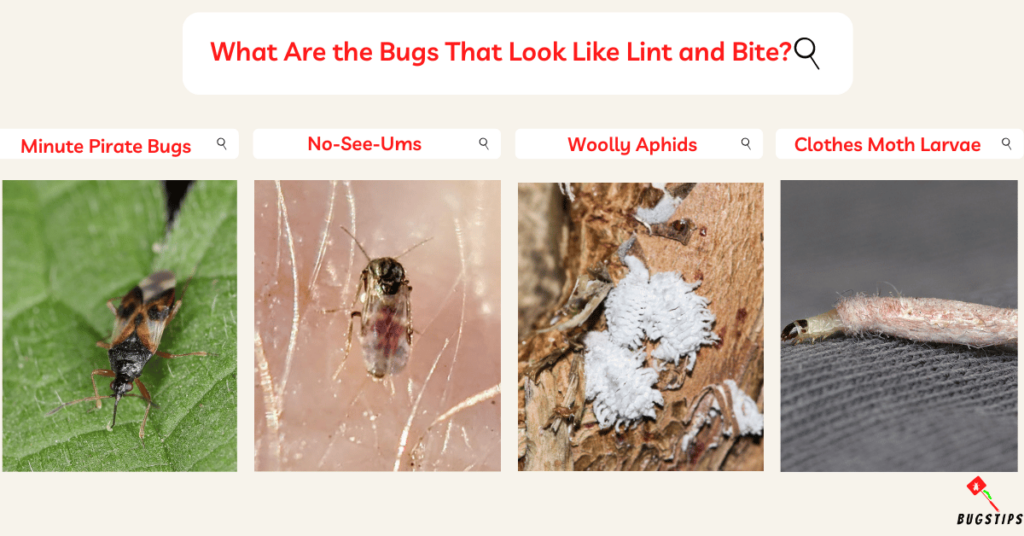
Minute Pirate Bugs
- Minute pirate bugs, also known as Orius insidiosus, are small insects often misidentified as lint or black dots.
- They are approximately 0.2 inches in size, oval-shaped, and can be black or black and white.
- These bugs go through three life stages, with immature bugs being small, yellow, and wingless.
- Minute pirate bugs are beneficial predators, feeding on small pest insects like aphids, thrips, spider mites, and caterpillars.
- While they are generally beneficial, during the fall season, they may bite humans, causing irritation and small, itchy bumps.
- It’s worth noting that not all minute pirate bugs bite and the frequency and severity of bites can vary.
No-See-Ums
- No-see-ums, also known as biting midges, sand flies, or gnats, are only 1-3 mm long and are difficult to see, hence the name.
- No-see-ums can be mistaken for lint or specks of dirt due to their small size.
- They can be a nuisance to campers, fishermen, hunters, and anyone spending time outdoors.
- No-see-ums are capable of inflicting painful bites that cause redness, swelling, and itching.
- Their bites can be more severe than mosquito bites and often appear as small clusters of red dots on the skin.
- Due to their agility, no-see-ums can be challenging to eliminate compared to mosquitoes.
You May Also Like – 5 Bugs with Lots of Legs
Woolly Aphids
- Woolly aphids are small insects often mistaken for lint or cotton balls due to their appearance.
- These aphids suck sap from the woody stems of plants such as apple, cotoneaster, and pyracantha.
- Woolly aphids cover themselves in a white waxy secretion, giving them a fluffy, woolly appearance.
- They are not known to bite humans and are not considered harmful However, their waxy secretion can cause allergic reactions in some people.
Clothes Moth Larvae
- Clothes moth larvae are tiny bugs attracted to fabrics, particularly animal fibers like wool, fur, silk, feathers, felt, and leather.
- These larvae are small, creamy-colored worms with dark heads and can grow up to 12mm in length.
- They feed on the keratin-rich materials found in fabrics, such as wool and silk, causing significant damage by chewing through them and leaving behind holes.
- Clothes moth larvae go through various life stages, with the larvae being the destructive stage.
- While adult clothes moths do not bite humans, their larvae can cause skin irritations if they come into contact with our skin.
Also there are other insects, such as lacewing larvae or microscopic bugs, that may have the potential to bite or cause skin irritations.
Related Article – 7 Little Black Bugs on Dogs Not Fleas!
How to Tell the Difference Between Bugs and Lint?
It can be challenging to tell the difference between tiny white (or black) bugs and lint due to their similar appearance.
However, there are some differences that can help distinguish between the two.
- Unlike lint, tiny bugs are actually living organisms.
- They can belong to various species and have distinct characteristics.
- You’ll often find tiny bugs on plants or in soil, as they tend to reside in natural environments.
- Depending on the species, some tiny bugs can pose harm to plants or humans.
- Certain types may bite humans, leading to skin irritation or allergic reactions.
- Due to their small size, tiny bugs can be quite challenging to spot with the naked eye.
- They often require closer inspection or magnification to be properly identified.
Related Article – 22 Bugs with Hard Shells | Top Tips to Eliminate
Lint
- Lint is primarily composed of loose fibers that come from clothing or other fabrics.
- These fibers can become detached and accumulate in various places.
- Lint is typically found on clothing or within dust bunnies, those clumps of accumulated dust and debris.
- It tends to gather in areas where fabrics shed or rub against each other.
- Link is not harmful to humans or plants.
- Lint cannot bite humans or cause skin irritation.
How to Get Rid of Bugs That Look Like Lint (Invisible Biting Bugs)
When dealing with bugs that look like lint and have the potential to bite, there are various remedies you can try to eliminate or manage the issue.
Below are some effective methods for getting rid of these invisible biting bugs.
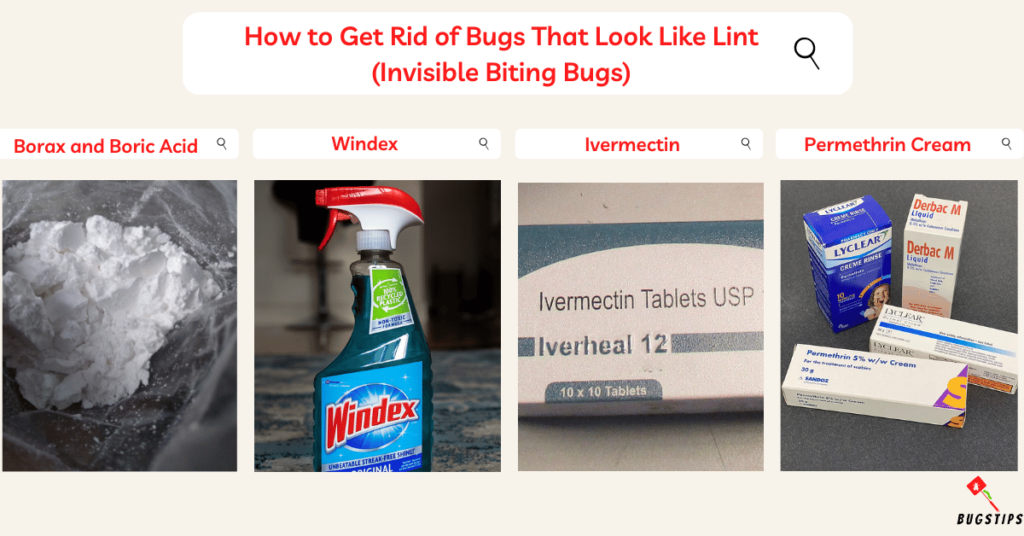
Borax and Boric Acid
- Borax and boric acid are natural substances that can be used as insecticides.
- They can be sprinkled in areas where bugs are present, such as carpets or infested furniture.
- These substances act by dehydrating the bugs and interfering with their exoskeleton, ultimately leading to their elimination.
Windex
- Windex is a household glass cleaner, to eliminate certain types of bugs.
- The active ingredients in Windex, such as ammonia and detergents, may have insecticidal properties.
- You can spray it on the affected areas and wipe it clean.
Ivermectin
- Ivermectin is an oral medication that can be prescribed by a healthcare professional to treat parasitic infestations, including certain types of mites or lice.
- It works by disrupting the nervous system of the parasites, ultimately killing them.
Permethrin Cream
- Permethrin cream is a topical treatment that is commonly used to treat scabies and other parasitic infestations.
- It should be applied to the affected areas of the skin as directed by a healthcare professional.
Listerine
- Listerine, a popular mouthwash, has been suggested as a potential treatment for bug bites.
- Applying Listerine to the affected areas may help alleviate itching and provide temporary relief.
- However, Listerine is not specifically designed as an insecticide.
Related Article – Little Black Bugs in My Car | Expert Removal Guide
Natural Remedies for Bugs That Look Like Lint
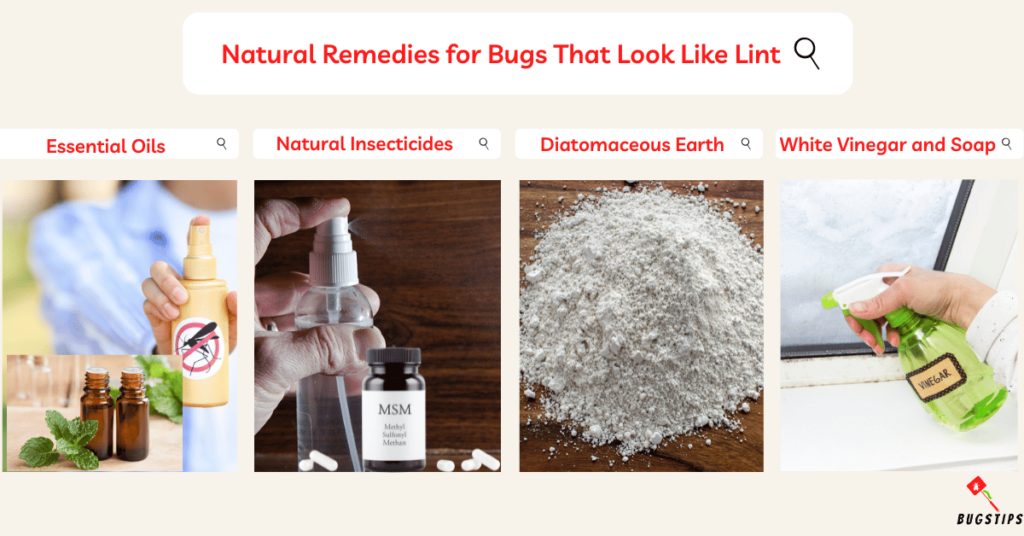
Essential Oils
- Essential oils like peppermint, lavender, tea tree, or eucalyptus can be diluted with water and sprayed in infested areas.
- These oils have insect-repellent properties and may help deter bugs from staying in your surroundings.
Natural Insecticides
Enzyme Cleaners
- Enzyme cleaners can be used to clean and disinfect surfaces infested by bugs.
- These cleaners work by breaking down organic matter, including bug debris, which can help reduce the bugs’ food sources and breeding grounds.
MSM Cream
- MSM (Methylsulfonylmethane) cream is a natural remedy that can be applied topically to soothe and relieve skin irritations caused by bug bites.
- It helps reduce itching and inflammation.
Diatomaceous Earth (DE)
- Sprinkle it onto the affected areas and let it sit for a few hours before vacuuming it up.
White Vinegar and Soap
- A mixture of white vinegar and soap can be used as a natural bug repellent.
- Dilute white vinegar with water, add a few drops of dish soap, and spray the solution in the affected areas.
- The strong odor of vinegar may deter bugs from staying.
While these treatments and natural remedies can be effective in treating those bugs, it's important to identify the type of bug you're dealing with before attempting any treatment to ensure that the remedy is effective and safe. If you have a severe infestation or are unsure about the type of bug, it's best to consult a pest control specialist for professional advice and treatment.
Related Article – 10 Long Skinny Black Bugs in House
How to Prevent Microscopic Bugs That Bite
To prevent those bugs such as those that look like lint, it is essential to maintain proper cleanliness and take preventive measures.
Here are two effective methods for prevention.
Vacuuming
- Regular vacuuming is an essential step in preventing the buildup of lint, dust, and other debris that may harbor microscopic bugs.
- Use a vacuum cleaner with a HEPA (High-Efficiency Particulate Air) filter to effectively capture tiny particles, including bugs and their eggs.
- Pay close attention to areas where lint or bugs are commonly found, such as carpets, rugs, upholstery, and crevices.
Steam Cleaning
- Steam cleaning can be an effective way to eliminate bugs and their eggs.
- The high temperature of steam helps kill bugs, their eggs, and other potential allergens or irritants.
- Use a steam cleaner on surfaces such as carpets, mattresses, upholstery, and curtains.
- Ensure that you follow the manufacturer’s instructions and allow sufficient drying time after steam cleaning.
By incorporating these preventive measures into your cleaning routine, you can significantly reduce the presence of those microscopic bugs that bite.
Related Article – Do Thrips Bite? The Truth about Thrips’ Biting Habits
Final Thoughts
Identifying bugs that look like lint is important in order to address any potential issues they may cause. While some of these bugs may not be visible to the naked eye, they can trigger allergic reactions and cause damage to plants.
It is important to maintain cleanliness and eliminate dirt and mold that attract pests in order to prevent infestations.
Practicing good personal hygiene and avoiding disturbances in their habitats can also help minimize encounters with these bugs.
If you suspect the presence of these bugs in your home, it is best to seek professional help. Pest control experts can quickly identify the problem and provide effective solutions.
By remaining vigilant and taking preventive measures, you can help keep your living space clean and pest-free.
FAQs
What is biting me that I can’t see while outside?
There are various possibilities, including chiggers, no-see-ums, or other microscopic mites or insects that may bite.
What is biting me inside the house that I can’t see?
It could be different types of pests like fleas, bed bugs, mites, or even mosquitoes that may be present indoors and are hard to see.
What type of invisible bug is biting me in my bed?
Bed bugs are a common invisible bug that can bite people while they are in bed.
What is the bug that looks like a piece of dust?
The bug that look like a piece of dust is commonly known as the masked hunter.
What are the bugs that look like cotton?
Mealybugs are bugs that have a cotton-like appearance due to their waxy, white or grayish covering.
What are the tiny bugs that like fabric?
Clothes moths and carpet beetles are tiny bugs that are attracted to fabrics, especially those made from animal fibers.
What are the black bugs that look like specks of dirt?
Springtails are small black bugs that can resemble specks of dirt and are often found in damp environments.
Resources – (for further reading)
Centers for Disease Control and Prevention – Scabies – Prevention & Control | Body Lice
The Pennsylvania State University – Is Something Biting Me?
WebMD – How to Prevent and Treat Chigger Bites
UC ANR – Minute pirate bugs

